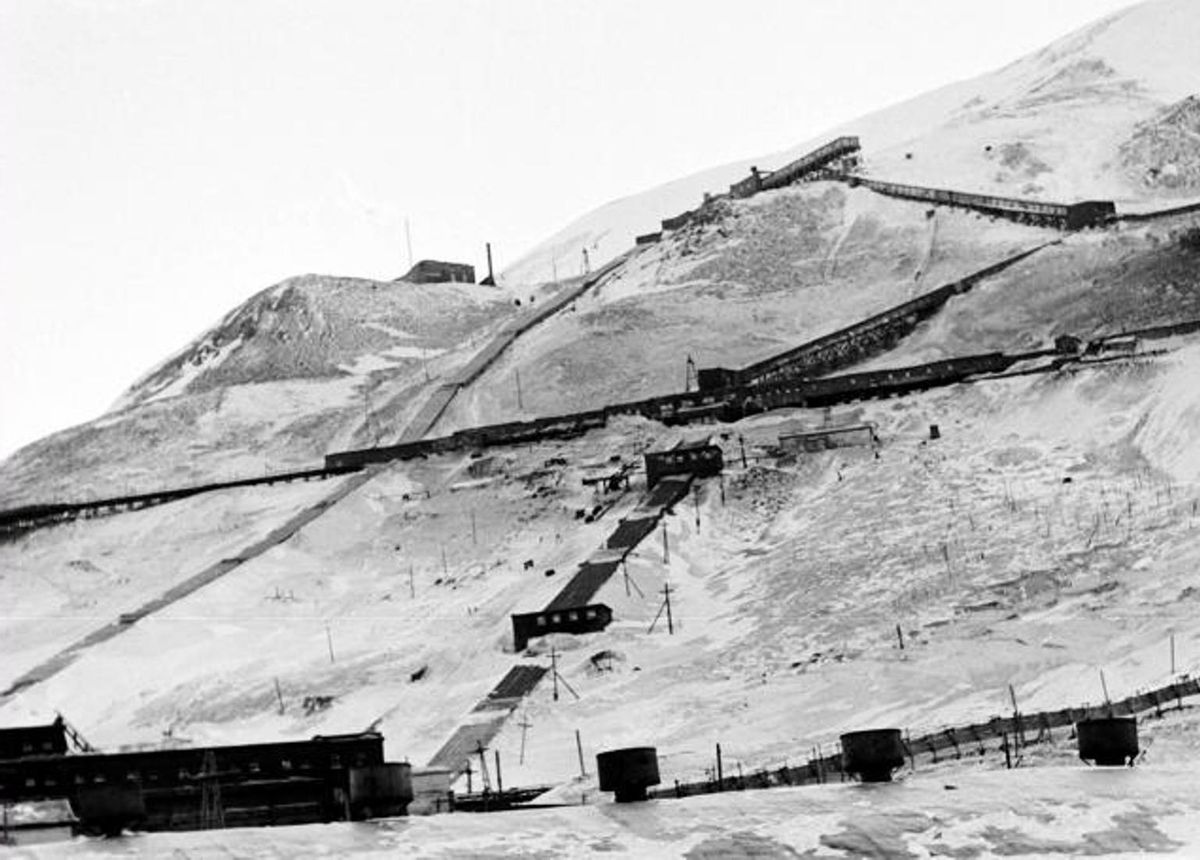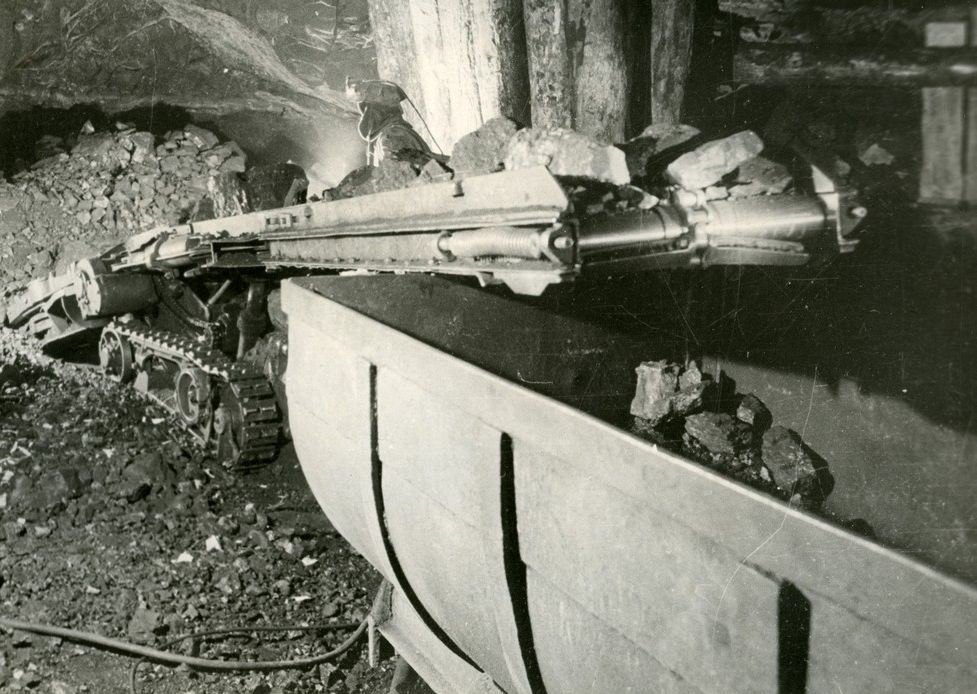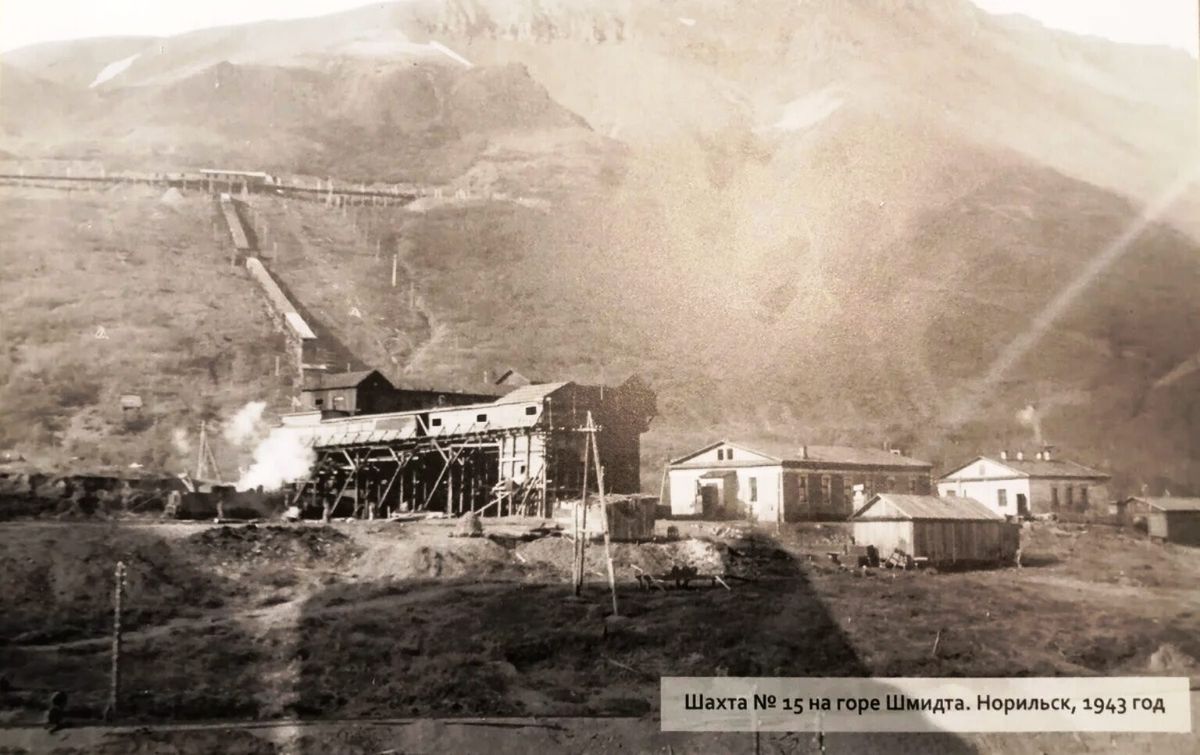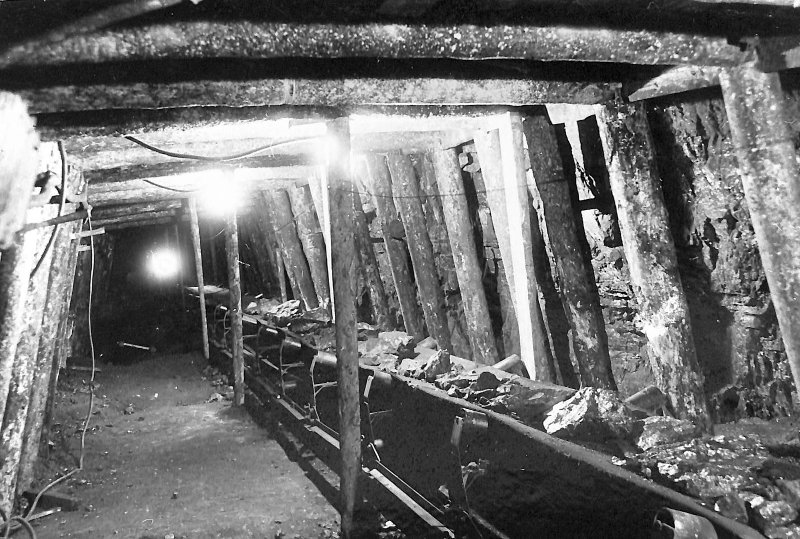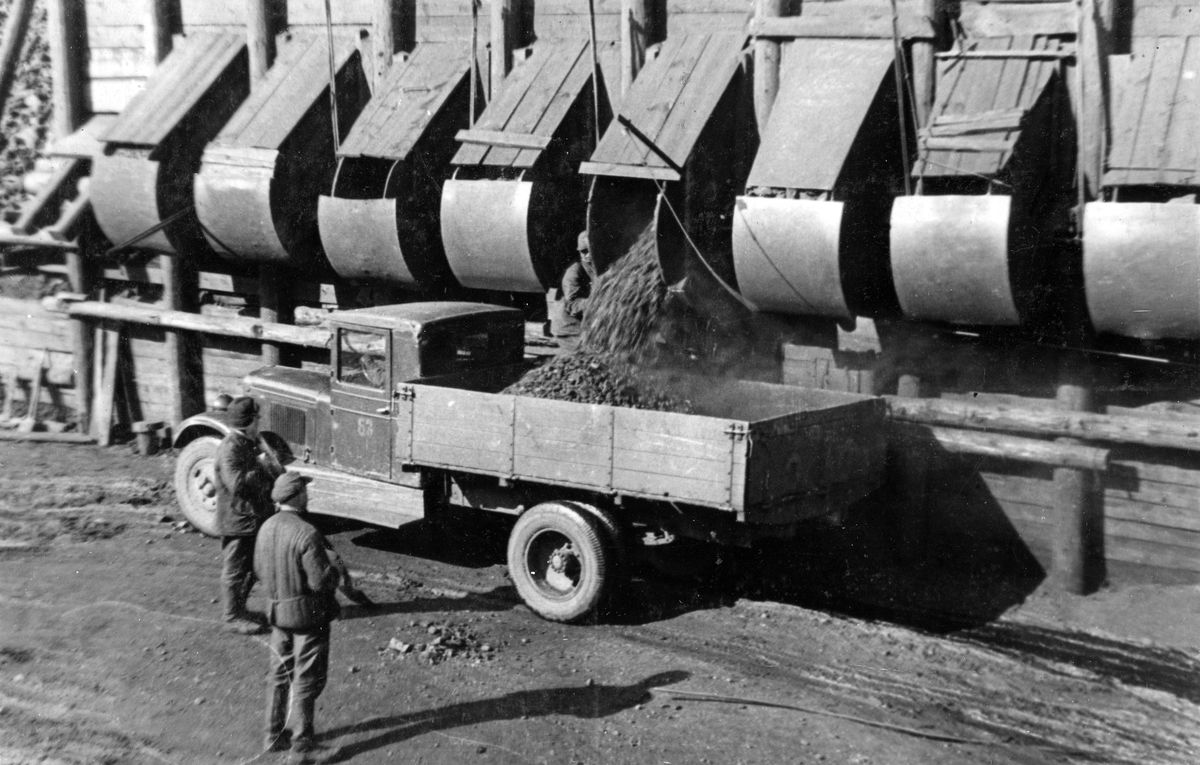#ARCTIC. #SIBERIA. THIS IS TAIMYR. Coal was needed for intermediate bunkering of polar expeditions’ ships. For example, in the navigation of 1894, Vilkitsky’s hydrographic expedition worked in the lower reaches of the Yenisey river, conducting a marine inventory of the Yenisey bay.
The expedition bought coal from the Sotnikovs. Vilkitsky spoke of Norilsk coal with praise: “It is exactly the same as English coal, it produces little ash and does not bake”. In 1905, Norilsk coal was delivered on reindeer for a government transport expedition.
The expedition of Sotnikov and Urvantsev, sent to the Norilsk mountains by the Kolchak government in 1919, also set the main goal of finding coal. Kolchak was going to lead caravans of ships from Europe along the northern seas.
Urvantsev later wrote in a report:
“Even a cursory examination of Norilsk allows us to conclude that the coal deposit is likely to be large, capable of providing fuel for the vessels of the Northern Sea Route for a long time”.
The very first studies made it possible to start trial coal mining. Including for this, the construction of the residential village of Norilsk began.
From Sergey Shcheglov and Alexey Bondarev’s book Norilsk, published in 1958:
“The mine No. 15’s seven-hundred-meter lift crawls onto mount Schmidt like a monstrous snake. Usually they go down into the mine, but here, on the contrary, you have to go up: nature has hidden coal high in the mountain. In October 1936, mine No. 13 was laid, and it produced the first tons of commercial Norilsk coal.
At first, the trolleys were driven by hand, but fuel production increased every day. At the beginning of 1939, Norils not only provided itself with coal, but could already give it to the side: after the construction of a coal pier in Dudinka, it shared fuel with the navy. By autumn, more than forty thousand tons had been delivered to the fleet. Thousands of tons of coal were needed daily by Norilsk plants, the city heart – thermal power plants and many enterprises.
New mines were laid, the question arose about the delivery of the mined coal to the railroad track, which passed at the foot of mount Schmidt. It became unprofitable to transport by car. At the beginning of 1943, a one and a half kilometer overpass had to be built along a steep slope at half the height of Schmidtiha. The path is small, but what forces it required! It is not so easy to deliver wood to a height of several hundred meters by hand. In the severe wind, they dug holes and put up a flyover, laid a rail track along it. Nimble trolleys ran, coal from them went to sorting, and from there to railway cars on the Norilsk-Dudinka route…”
In the History Spot’s previous publication, we talked about the fact that the Norilsk TV character Severok appeared on the screens in the 60s of the last century.
Follow us on Telegram, VKontakte.
Text: Svetlana Ferapontova, Photo: Nornickel Polar Branch archive

